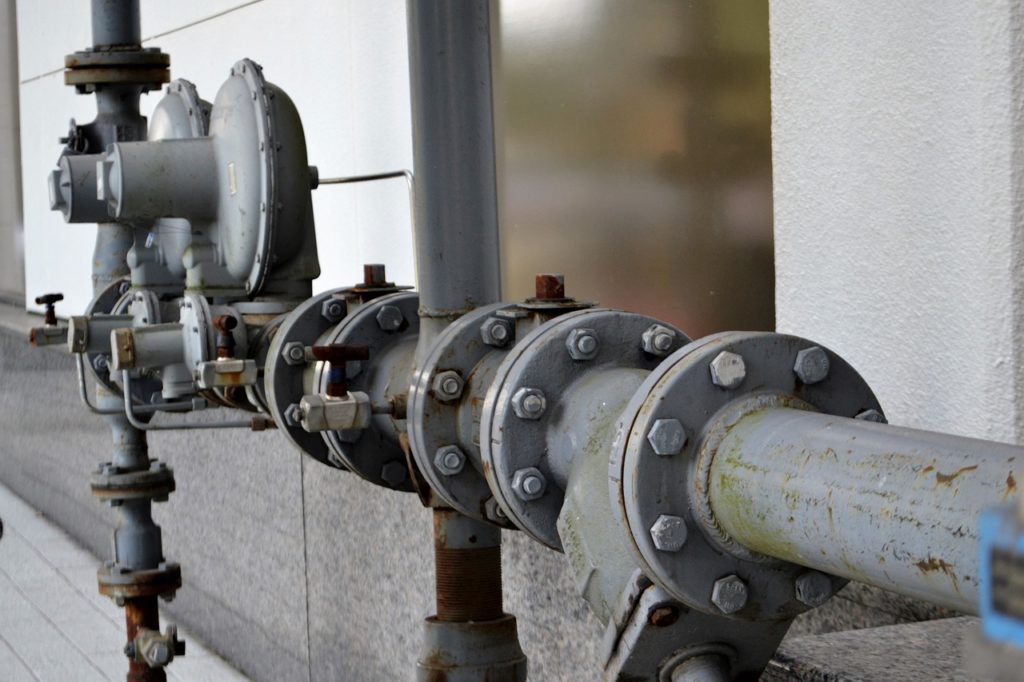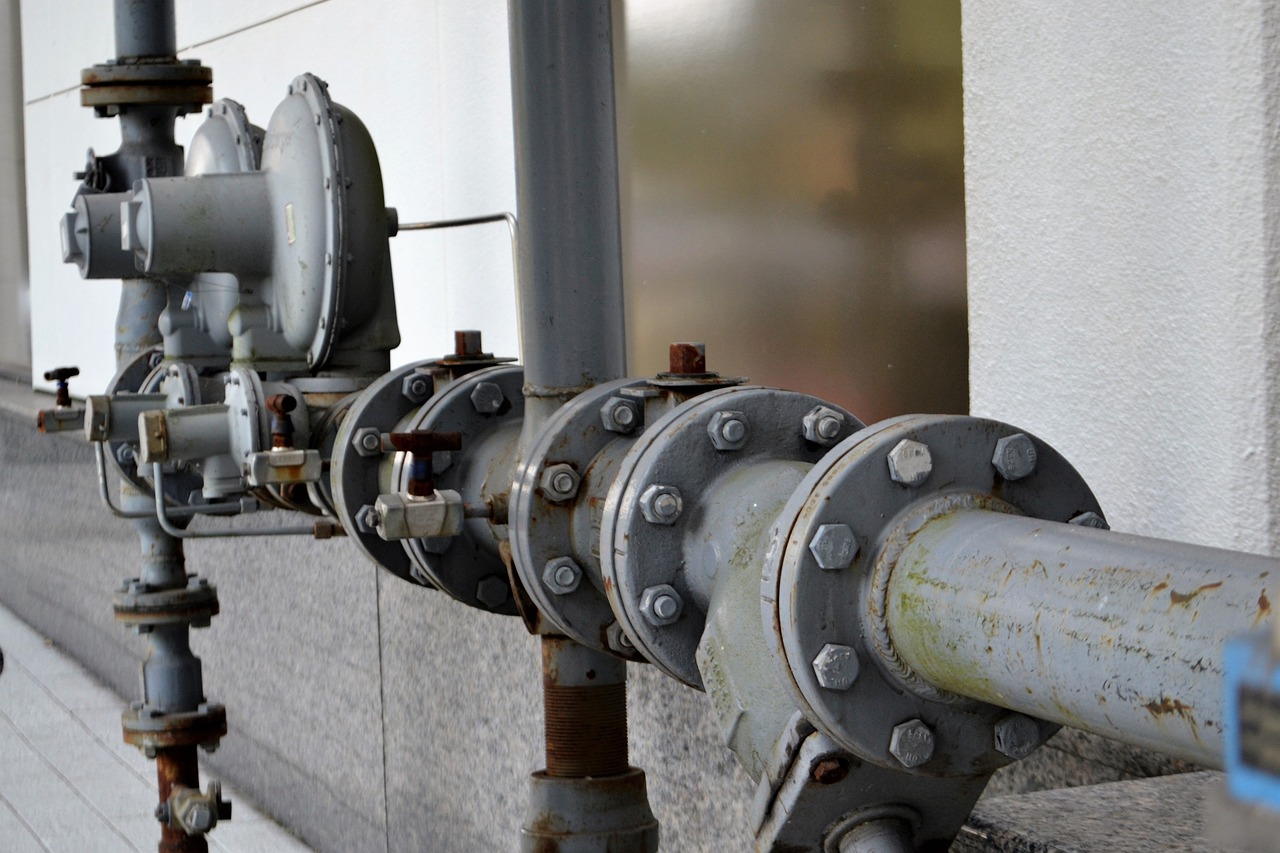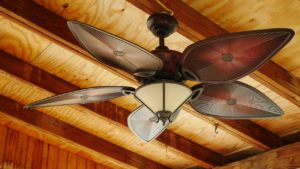Water is vital for the survival of all living organisms. However, with the increasing global population and rapid urbanization, the water demand has also steadily risen. As a result, it has become crucial to conserve and manage water resources effectively. One area where technology has played a role in water conservation is plumbing systems. With technology advancements, new and innovative methods have emerged to help conserve water in households and commercial buildings. Cummings Plumbing shares the impact of technology on water conservation in plumbing systems. We will explore the different technologies developed for this purpose, their benefits, and their potential to contribute towards a more sustainable future.

Advancements in Plumbing Technology
The plumbing industry has seen significant advancements in technology in recent years. One of the most notable developments is the use of low-flow fixtures, which have greatly improved water conservation efforts. These fixtures include toilets, faucets, and showerheads that use less water per flush or flow without sacrificing performance.
Another major advancement is the implementation of smart plumbing systems. These systems can monitor water usage and detect leaks. They can also adjust water flow based on usage patterns, reducing water consumption.
Using Technology for Water Conservation in Plumbing Systems
Using technology for water conservation in plumbing systems has numerous benefits. First and foremost, it helps reduce water consumption and saves resources. With the integration of innovative low-flow fixtures and intelligent plumbing systems, households and businesses can significantly decrease their water usage without compromising the efficiency of their daily activities. This proactive approach contributes to environmental sustainability and leads to long-term cost savings and a more eco-friendly lifestyle.
Additionally, technology can enhance the efficiency of plumbing systems. Preventing unnecessary water waste is achieved through advanced sensors that can detect leaks swiftly and adjust the water flow according to usage patterns. This proactive approach not only aids in water conservation but also significantly reduces utility costs for consumers, promoting sustainability and cost-effectiveness in the long run.
Challenges and Limitations
Despite the many benefits, there are challenges and limitations to implementing technology in plumbing systems for water conservation. One of the main challenges is the high cost of upgrading to more advanced plumbing systems. This can be a barrier for lower-income households and small businesses that may not have the budget to invest in these technologies.
Another limitation is the lack of awareness and education about these advancements in plumbing technology. Many consumers may not be familiar with the benefits and importance of low-flow fixtures or smart plumbing systems, leading to a lack of adoption. This highlights the need for education and outreach efforts to promote the use of these technologies for water conservation.
Best Practices for Implementing Technology for Water Conservation
To successfully implement technology in plumbing systems for water conservation, it is essential to follow best practices. This includes conducting thorough research and choosing high-quality products that have been proven effective in reducing water usage. Consulting with a professional plumber can ensure proper installation and maintenance of these technologies.
Furthermore, regular monitoring and maintenance of plumbing systems are crucial for optimal performance and longevity. This includes checking for leaks, adjusting sensors and settings, and repairing or replacing malfunctioning components. By staying on top of maintenance, households and businesses can ensure that their technology-based water conservation efforts remain effective.
Final Thoughts
The impact of technology on water conservation in plumbing systems cannot be understated. These advancements offer numerous environmental and consumer benefits, from low-flow fixtures to smart plumbing systems. While there are challenges and limitations to implementing these technologies, following best practices can ensure successful integration and long-term sustainability.


